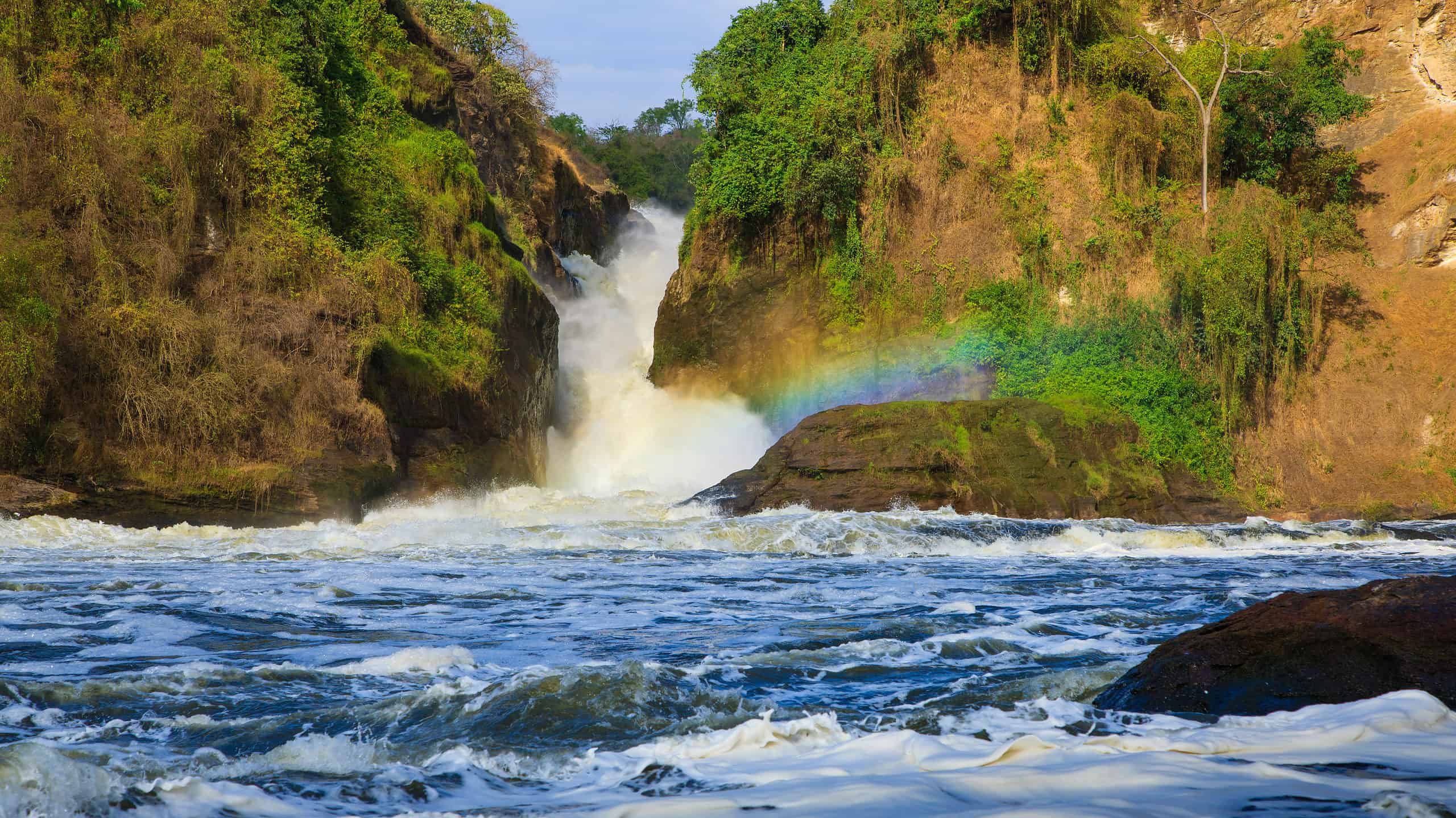The Nile travels 4,132 miles from the African Great Lakes to the Mediterranean Sea, traversing the Sahara. It is often regarded as the longest river in the world and passes through 11 distinct countries.
The Nile is among the most well-known rivers in the world, and for good reason. All rivers are significant to local people and species, but the Nile is extremely significant, both physically and metaphorically.
Did you know the Nile River is shrouded in mystery? Below we’ll go over all of the interesting and unique information about this Egyptian river. There’s a lot more than what meets the eye and you may be surprised about which mystery is left unsolved.
It Branches Into Multiple Rivers
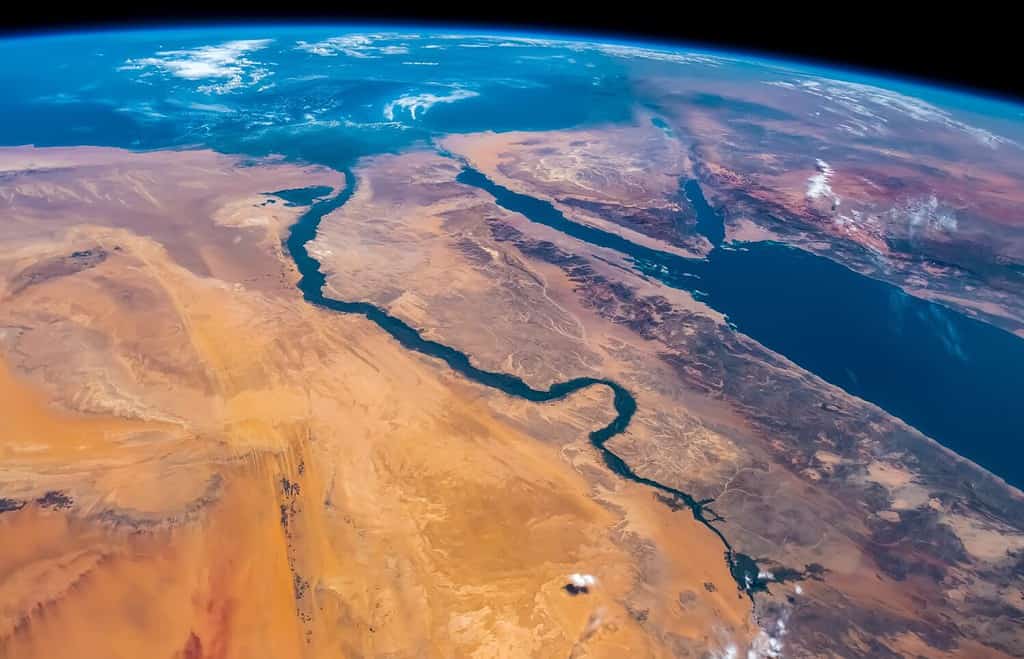
The Nile is so big, you can see it from space!
©Emre Akkoyun/Shutterstock.com
Early Egyptians were perplexed by the Lower Nile’s historical summer flooding. This is especially strange when you consider that it hardly ever rained in the area. Although the Nile only flows through Egypt, we have learned that it receives water from far rainier regions to the south. There are also a minimum of two “hydraulic regimes” upstream to control its hydrology.
The White Nile, Blue Nile, and Atbarah are the three principal tributaries of the Nile. Beginning with tributaries that empty into Lake Victoria, the biggest tropical lake in the entire globe, the White Nile is the longest.
It starts out as the Victoria Nile and travels through the marshy Lake Kyoga and Murchison Falls before heading toward Lake Albert. The waterway then travels farther north as the Albert Nile changes its name to the White Nile after joining the Gazelle River.
Once this happens, the Nile then becomes the Mountain Nile in South Sudan. Near Khartoum, Sudan, when it merges with the Blue Nile, it finally just refers to “the Nile.”
Who Owns the Nile River?
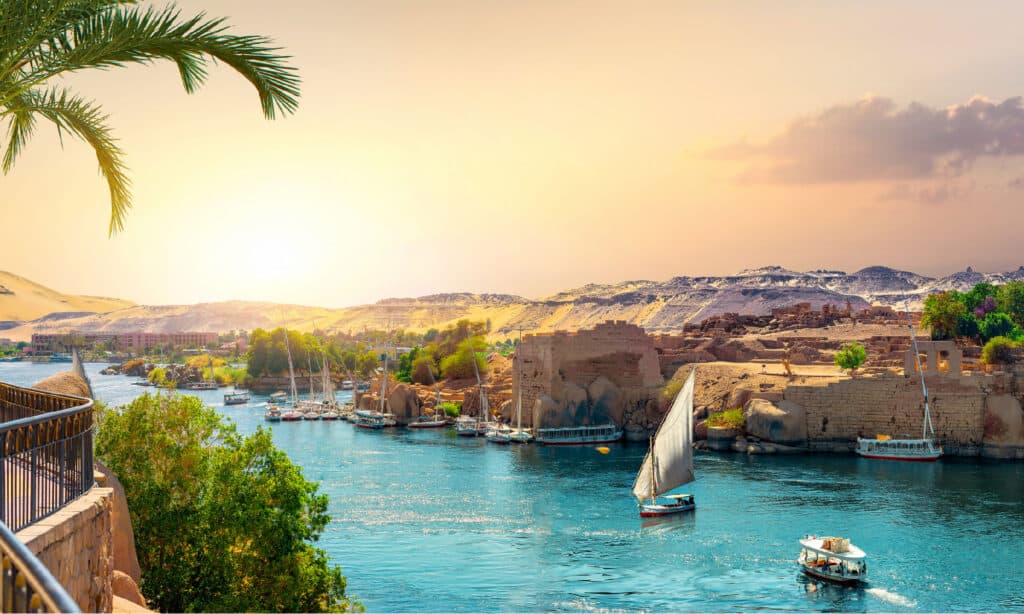
For centuries, people looked for the source of the Nile River.
©iStock.com/Givaga
Where it finishes — flowing across Egypt and into the Mediterranean Sea to the north — is easy to see. In the past, though, almost everyone was baffled as to where this lovely river actually started. Western explorers didn’t find what so many others had failed to discover until the Victorian era.
Who actually owns the countries that make up the Nile River Basin is still up for debate. The source of the Nile would stay unknown for centuries, evading attempts by Egyptians, Greeks, and Romans due to a region known as the Sudd, where the Nile forms a sizable wetland.
This contributed to the river’s mystique, which is why ancient Greek and Roman artwork occasionally depicted it as a god with a shrouded face. Many European explorers attempted to find the source of the massive waterway, only to be left scratching their heads.
Although there is disagreement over the exact location, the White Nile originates before Lake Victoria. The Ruvubu and the Nyabarongo, both of which empty into Lake Rweru, supply water to the Kagera River, which originates in Lake Rweru in Burundi and empties into Lake Victoria.
Some believe this to be the most remote source of the Nile. This is because the Mbirurume and Mwogo rivers, which originate in Rwanda’s Nyungwe Forest, also feed the Nyabarongo.
The Nile River’s Unique Ecosystem
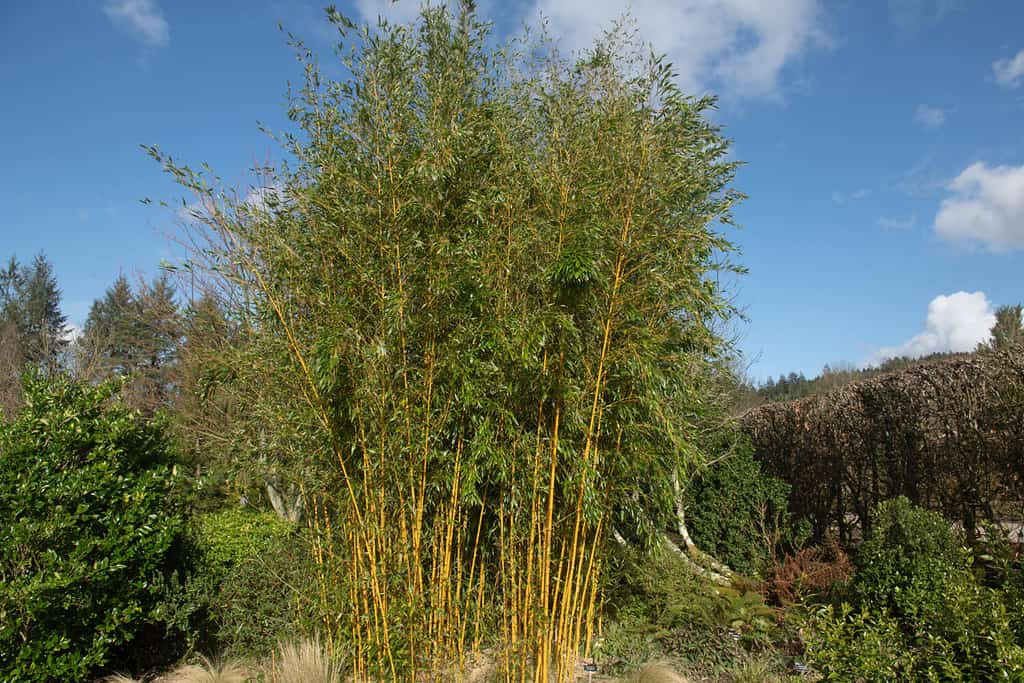
There are over 1,000 species of bamboo.
©Peter Turner Photography/Shutterstock.com
Numerous species, including humans, depend upon the Nile, which travels through a range of environments. The river travels through biodiverse tropical rainforests near the White Nile’s source, rich with species like banana trees, bamboo, cocoa, and coffee bushes just to name a few.
Farther north, where there are fewer trees along with additional shrubs and grasses, it approaches mixed woods and savanna. Throughout the rainy season, the Sudanese plains, particularly the fabled Sudd in South Sudan, which covers approximately 100,000 square miles, transform into a vast swamp.
When the river travels farther north, the vegetation eventually completely disappears when it enters the desert. The animals that inhabit and surround the Nile are simply far too many to appropriately list here, just like its plant life.
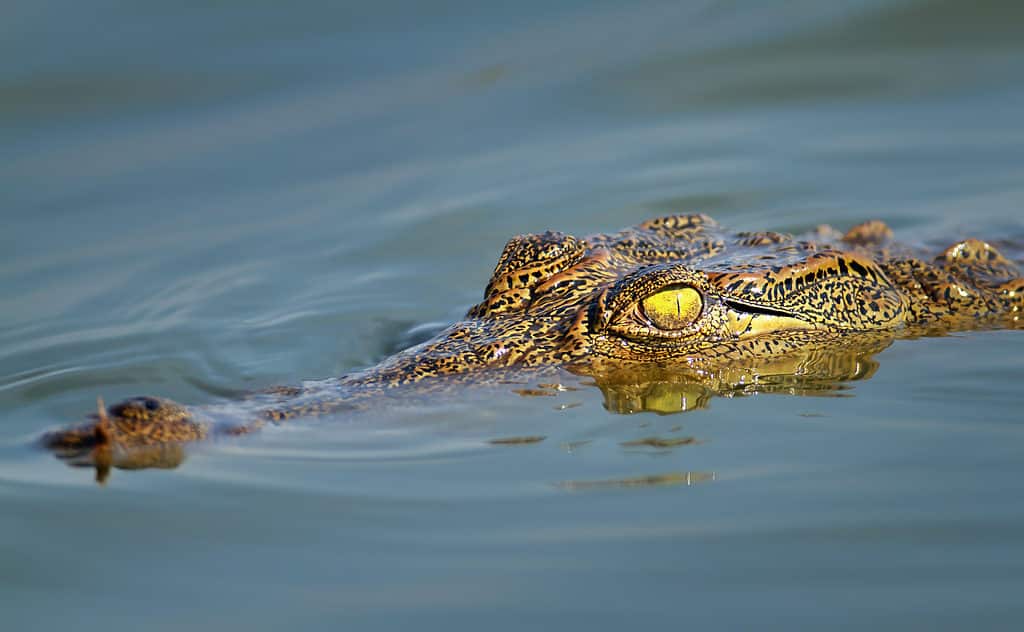
Nile crocodiles can easily camouflage within the waters of the Nile.
©Mari Swanepoel/Shutterstock.com
There are numerous fish in the area, such as perch, barbels, eels, and catfish. The river is home to a large number of birds and the region constitutes a crucial resource for several flocks of migratory birds.
In addition, the Nile is home to a number of huge animal species, including hippos, which were once prevalent throughout a significant portion of the river but currently largely live in South Sudan’s Sudd as well as other wetland regions.
Also, there are a few types of monitor lizards here as well. You can find turtles, along with a variety of water snakes near the Nile. As you can guess, there’s no shortage of Nile crocodiles. These are some of the largest crocodiles on the planet, measuring up to 20 feet in length!
Thank you for reading! Have some feedback for us? Contact the AZ Animals editorial team.

